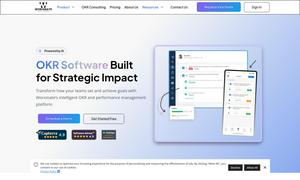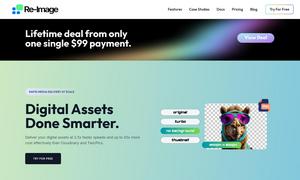
Discover the Best AI Tools to Boost Your Productivity
Find the Best AI Tools to Optimize Your Work and Personal Tasks
Best AI Tools for SaaS Platform in 2024



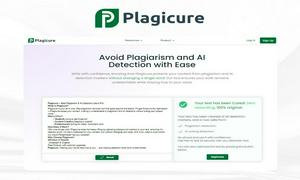

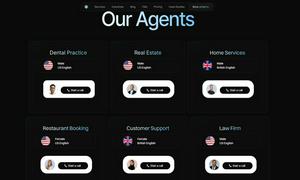
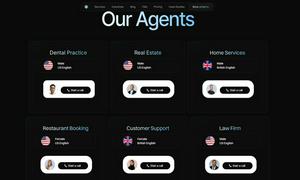
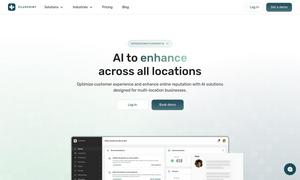

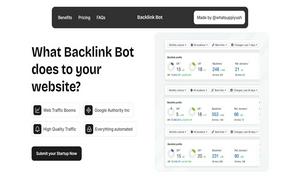


What is SaaS
A SaaS Platform, or Software as a Service, offers users seamless access to software applications via the internet. Its primary purpose is to provide businesses with scalable solutions that reduce IT costs and enhance operational efficiency. Key benefits include flexibility, easy updates, and collaborative features, making it ideal for dynamic environments.
How SaaS works
A SaaS Platform works by hosting applications on cloud servers, allowing users to access them through the internet. First, businesses subscribe to a service, which eliminates the need for physical installations. Next, they can easily manage users and permissions through a centralized dashboard. Regular updates and maintenance are handled by the service provider, ensuring users always have access to the latest features. This model promotes efficiency, reduces overhead costs, and enhances collaboration.
What are the advantages of SaaS?
The advantages of a SaaS Platform include cost efficiency, as it removes the need for extensive IT infrastructure and maintenance. Users benefit from rapid deployment, access to cutting-edge features, and the flexibility to scale their services based on demand. Additionally, it fosters collaboration, enabling teams to work together seamlessly from different locations, thus driving productivity.
Key Features for SaaS
Cloud Accessibility
Cloud Accessibility is a standout feature of a SaaS Platform, allowing users to access software applications from anywhere with an internet connection. This flexibility is crucial for today’s remote-working environments, empowering teams to collaborate effectively, share files, and access resources without geographic limitations.
Scalable Solutions
Scalable Solutions are essential in a SaaS Platform, allowing businesses to easily adjust their service usage based on current demands. This unique feature enables organizations to grow without unnecessary investments in hardware or software, ensuring resources are aligned with operational requirements efficiently.
Automatic Updates
Automatic Updates are a unique feature of a SaaS Platform, ensuring that users always have the latest software version without manual intervention. This enhances security and functionality, allowing businesses to leverage cutting-edge tools and reduce downtime, thereby maintaining operational efficiency and competitiveness.
Use Cases for SaaS?
Common use cases for a SaaS Platform include customer relationship management (CRM), project management, and enterprise resource planning (ERP). It addresses specific needs such as improving collaboration among teams, enabling remote access to tools and data, and facilitating real-time updates. Businesses leverage these platforms to enhance efficiency and streamline processes, responding quickly to market demands.
FAQs for SaaS
What makes a SaaS Platform essential for modern businesses?
A SaaS Platform is essential for modern businesses because it provides scalable, cost-effective software solutions accessible from anywhere. This flexibility supports remote work, reduces IT overhead, and allows for quick adaptability in changing business environments. Its collaborative features also enhance team productivity, meeting the demands of today's workforce.
How does cloud accessibility enhance the use of a SaaS Platform?
Cloud accessibility enhances the use of a SaaS Platform by allowing users to access applications from any device with an internet connection. This feature enables seamless collaboration among team members, facilitates remote work, and ensures that users can stay connected and productive, regardless of location.
In what ways does a SaaS Platform improve operational efficiency?
A SaaS Platform improves operational efficiency by automating software updates, streamlining processes, and reducing the need for IT maintenance. With easier access to real-time data and collaborative tools, teams can work more effectively, make informed decisions faster, and respond promptly to changing business needs.
What unique advantages does a SaaS Platform offer over traditional software?
A SaaS Platform offers unique advantages over traditional software, including lower upfront costs, automatic updates, and greater accessibility. Users benefit from scalability, enabling them to adjust their subscription based on needs, resulting in enhanced flexibility. This model fosters innovation and rapid deployment without extensive infrastructure investments.
How does a SaaS Platform cater to the needs of remote teams?
A SaaS Platform caters to the needs of remote teams by providing cloud-based access to essential software and collaborative tools. This ensures that team members can communicate, share files, and work simultaneously on projects, leading to improved productivity and streamlined workflows regardless of their physical location.
What key features help users maximize the benefits of a SaaS Platform?
Key features that help users maximize the benefits of a SaaS Platform include automatic updates, cloud accessibility, and scalability. These functionalities allow users to stay ahead with the latest tools, collaborate efficiently from any location, and adjust their usage as needed, ultimately enhancing productivity and operational efficiency.


